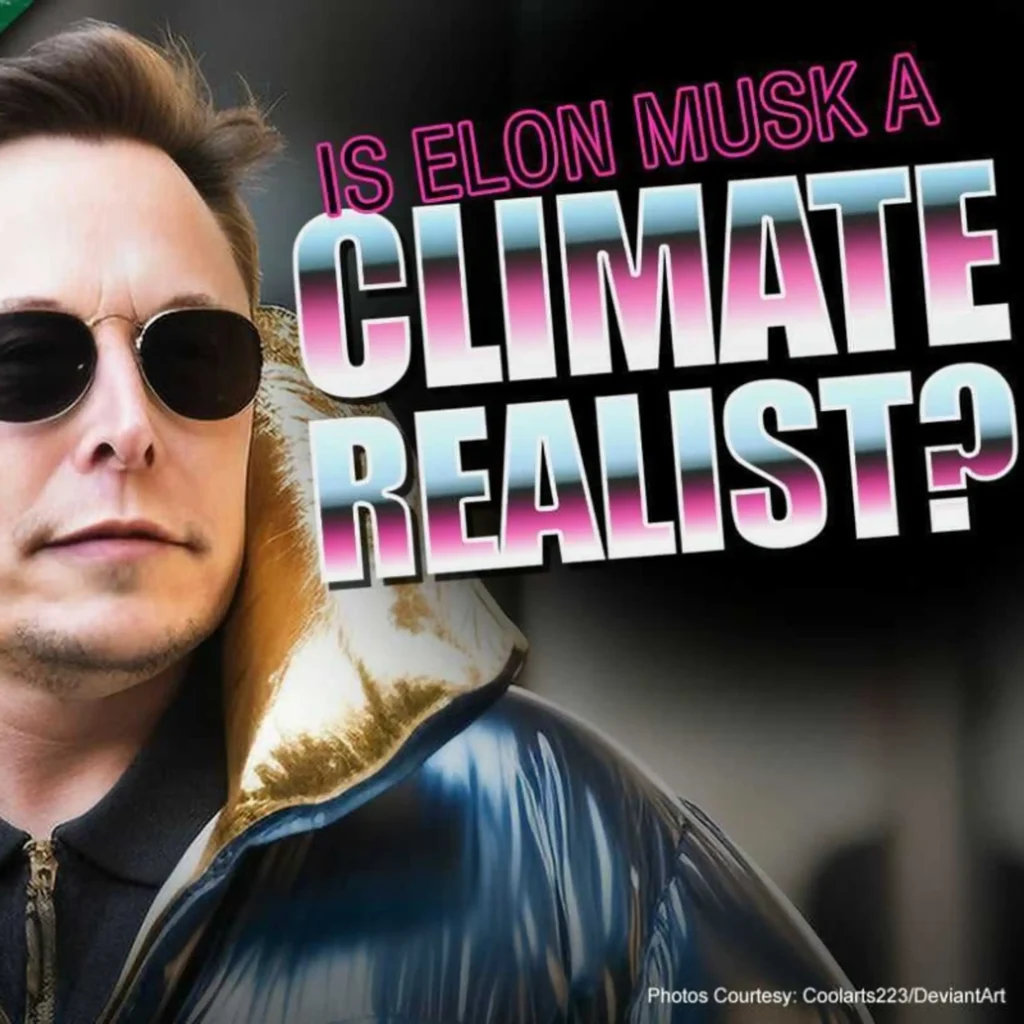For at least the past several hundred thousand years, temperature changes and carbon dioxide levels have risen and fallen in near-unison. The correlation was presented in striking fashion in a pair of memorable graphs in Al Gore’s movie An Inconvenient Truth.
Have rising carbon dioxide levels historically preceded temperature increases, or have temperature increases historically preceded rising carbon dioxide levels? In other words, which factor is the cause and which is the effect?
Scientists have studied multiple ice core samples from Antarctica dating back hundreds of thousands of years. The samples provide information about temperatures and atmospheric carbon dioxide levels at the time the ice was produced.
This is the process by which scientists learned that temperature and carbon dioxide levels have been so intimately linked throughout the Earth’s recent past.
Figure 1 is typical of many of the graphs presented by those who believe carbon dioxide levels drive climate change. As Ronald Rychlak, MDLA Professor of Law and associate dean for academic affairs at the University of Mississippi School of Law, explains in a forthcoming Heartland Institute policy analysis, “Carbon dioxide levels and temperatures are both presented. The lines are on the same graph, but they are not superimposed on the same axis; the carbon dioxide line is kept above the temperature line.”
By separating the temperature and carbon dioxide lines, it is not immediately apparent which trend precedes the other. Accordingly, the graph can be presented to support either side of the question regarding the cause and effect between temperature and carbon dioxide levels.
Figure 2 is an improvement, by superimposing the two lines on top of each other.
The improved figure shows what scientists have discovered in their analysis of Antarctic ice cores: Temperature changes precede changes in atmospheric carbon dioxide. Scientists have found carbon dioxide levels typically rise roughly 200 to 1,000 years after temperatures rise.
That is, temperature change is the cause, not the result, of changing atmospheric carbon dioxide levels.
Putting this in the context of the end of the last ice age epoch, scientists at the University of Southern California reported in a September 27 news release, “The best estimate from other studies of when CO2 began to rise is no earlier than 18,000 years ago. Yet this study shows that the deep sea, which reflects oceanic temperature trends, started warming about 19,000 years ago.”
“What this means is that a lot of energy went into the ocean long before the rise in atmospheric CO2,” observed Lowell Stott, USC professor of earth sciences, in the news release.
James M. Taylor ([email protected]) is a Heartland Institute Senior Fellow and managing editor of Environment & Climate News.






